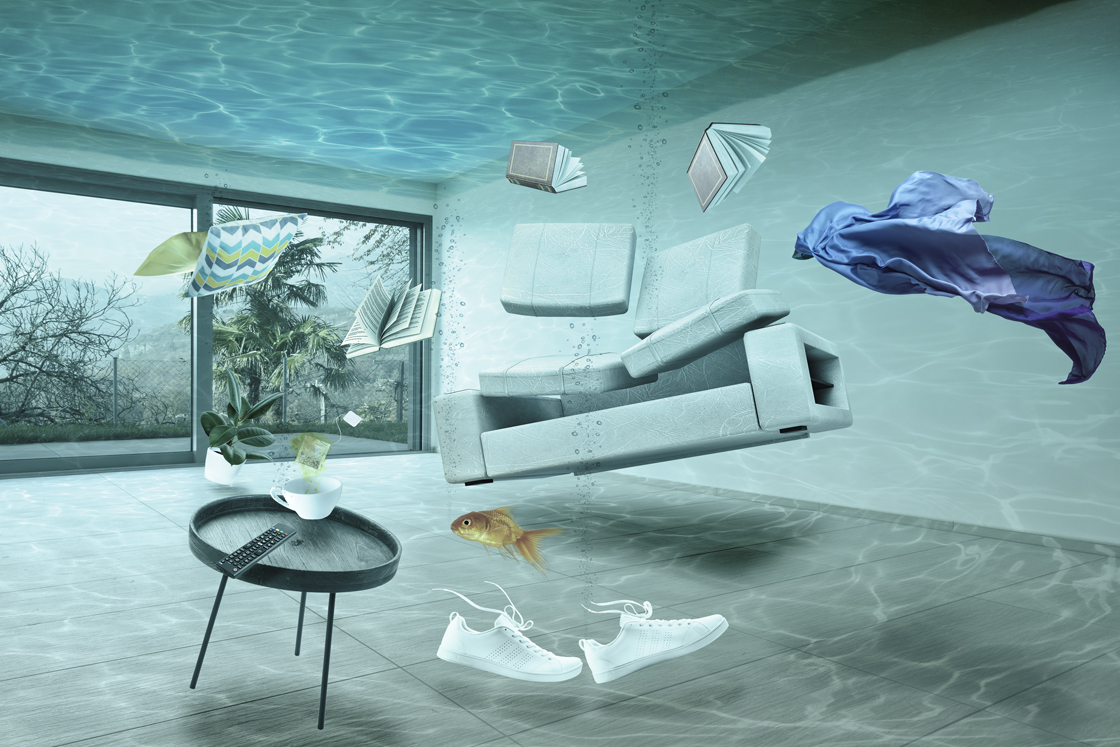Exactly how to Inspect If Your House Has a Concealed Leakage
Exactly how to Inspect If Your House Has a Concealed Leakage
Blog Article
We have discovered this great article involving Locating water leaks directly below on the net and felt it made good sense to write about it with you here.
.jpg)
Early discovery of leaking water lines can reduce a prospective calamity. Some little water leakages may not be noticeable.
1. Analyze the Water Meter
Every home has a water meter. Examining it is a surefire way that aids you find leaks. For beginners, shut off all the water resources. Make sure no person will flush, make use of the faucet, shower, run the washing equipment or dish washer. From there, most likely to the meter as well as watch if it will change. Considering that no person is using it, there should be no activities. That indicates a fast-moving leak if it relocates. Furthermore, if you identify no changes, wait a hr or two as well as check back again. This indicates you might have a sluggish leakage that could also be underground.
2. Examine Water Intake
If you spot sudden modifications, despite your intake being the exact same, it means that you have leakages in your plumbing system. An abrupt spike in your costs shows a fast-moving leakage.
A constant increase every month, also with the exact same habits, reveals you have a slow-moving leak that's additionally slowly escalating. Call a plumber to completely examine your residential or commercial property, especially if you really feel a warm area on your flooring with piping below.
3. Do a Food Coloring Examination
When it involves water consumption, 30% originates from toilets. Test to see if they are running properly. Drop specks of food color in the tank as well as wait 10 minutes. If the shade in some way infiltrates your dish during that time without flushing, there's a leakage in between the container and dish.
4. Asses Outside Lines
Don't neglect to inspect your outdoor water lines as well. Ought to water permeate out of the connection, you have a loosened rubber gasket. One little leakage can squander bunches of water and also increase your water bill.
5. Inspect and Evaluate the Scenario
Homeowners should make it a behavior to examine under the sink counters and also also inside cupboards for any type of bad odor or mold growth. These 2 warnings show a leakage so timely interest is required. Doing regular assessments, also bi-annually, can conserve you from a significant problem.
If you recognize your residence is currently old, maintain a watchful eye on your heating systems, pipes, pipes etc. Check for discolorations as well as damaging as the majority of pipelines and also devices have a life span. They will certainly additionally normally degrade because of wear and tear. If you suspect dripping water lines in your plumbing system, do not wait for it to rise. Call an expert plumber right away so you do not wind up with a horrible mess in your home.
Early discovery of dripping water lines can mitigate a potential disaster. Some tiny water leakages might not be noticeable. Checking it is a surefire method that assists you find leakages. One small leak can throw away loads of water and increase your water expense.
If you think leaking water lines in your plumbing system, don't wait for it to rise.
WARNING SIGNS OF WATER LEAKAGE BEHIND THE WALL
PERSISTENT MUSTY ODORS
As water slowly drips from a leaky pipe inside the wall, flooring and sheetrock stay damp and develop an odor similar to wet cardboard. It generates a musty smell that can help you find hidden leaks.
MOLD IN UNUSUAL AREAS
Mold usually grows in wet areas like kitchens, baths and laundry rooms. If you spot the stuff on walls or baseboards in other rooms of the house, it’s a good indicator of undetected water leaks.
STAINS THAT GROW
When mold thrives around a leaky pipe, it sometimes takes hold on the inside surface of the affected wall. A growing stain on otherwise clean sheetrock is often your sign of a hidden plumbing problem.
PEELING OR BUBBLING WALLPAPER / PAINT
This clue is easy to miss in rooms that don’t get much use. When you see wallpaper separating along seams or paint bubbling or flaking off the wall, blame sheetrock that stays wet because of an undetected leak.
BUCKLED CEILINGS AND STAINED FLOORS
If ceilings or floors in bathrooms, kitchens or laundry areas develop structural problems, don’t rule out constant damp inside the walls. Wet sheetrock can affect adjacent framing, flooring and ceilings.
https://www.servicemasterbyzaba.com/blog/how-to-detect-water-leakage-in-walls/

Do you appreciate more info about Leaking water lines? Try to leave a short review down below. We'd be glad to find out your feelings about this blog posting. In hopes to see you back again before long. Sharing is nice. Helping others is fun. We truly appreciate reading our article about Locating water leaks.
Report this page